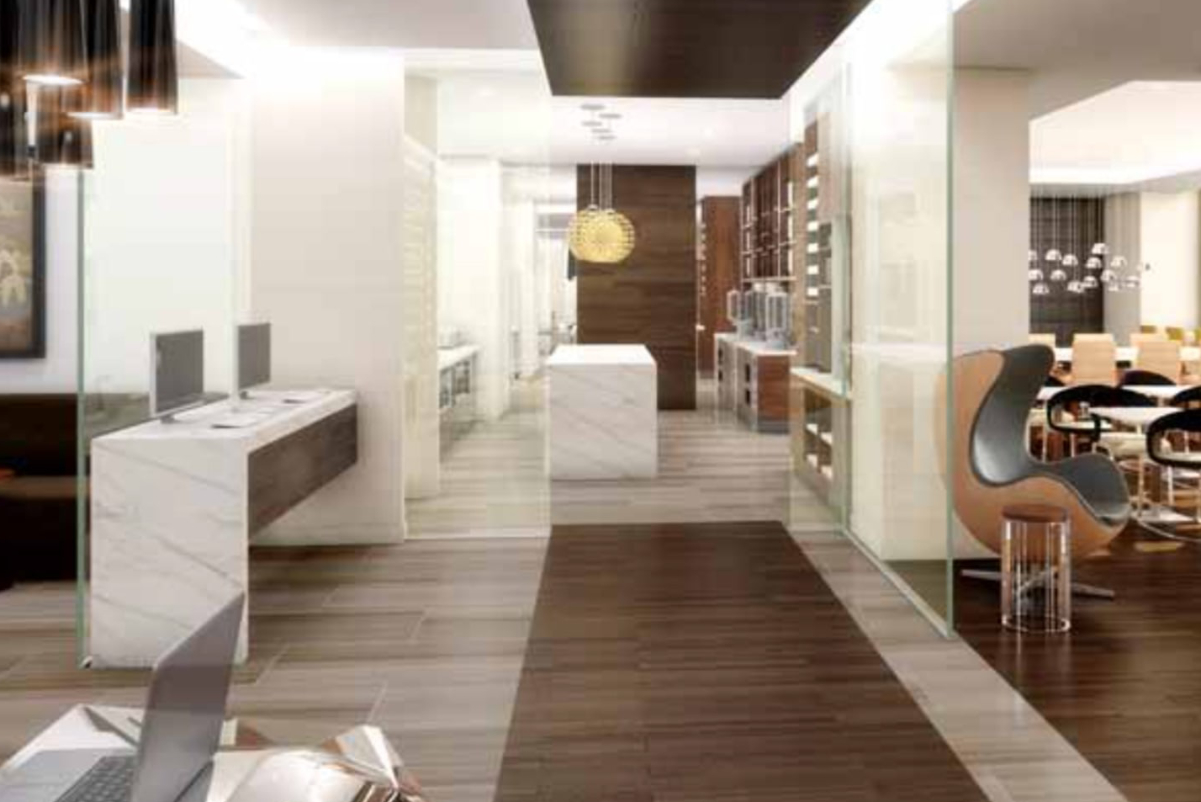Hilton Teases a Long-Stay Apartment Hotel Brand to Debut Soon

Skift Take
Hilton Worldwide executives teased on Wednesday that they expect to announce a new apartment hotel brand within the next couple of months. The move will come as the operator continues to expand its portfolio beyond premium and luxury hotel brands, such as Waldorf Astoria and Conrad.
"The product that we're developing… we've done 99 percent of the work," said Chris Nassetta, president and CEO, in a call with analysts. "It's almost a hybrid. It's like an apartment efficiency meets hotel."
The new brand will be all new construction rather than conversions, at least at first.
"So you're talking about average length of stay of probably 20 to 30 days on average versus most of the core extended-stay brands, which are like the 5 to 10 range," Nassetta said.
This long-stay hotel would represent Hilton's 20th brand.
"This is hundreds and hundreds and hundreds of hotels over time," Nassetta said. "This is not like we're going to do 50 or 100 of these. You'll wake up over time in 10 years, and it will be like Home2 [is today]."
The move comes as more activity happens in the extended-stay and long-stay segments because of a lack of U.S. supply. Earlier this month, Hyatt announced the debut of a brand, Hyatt

